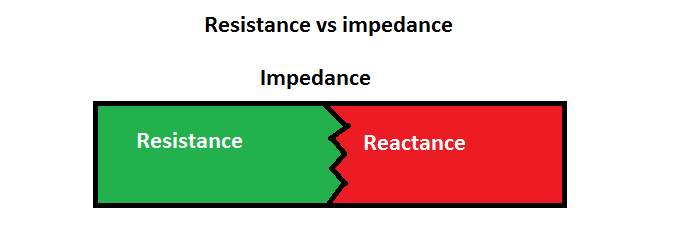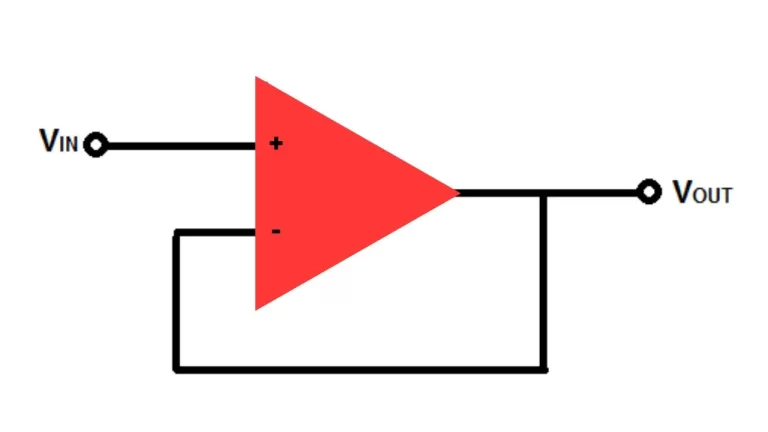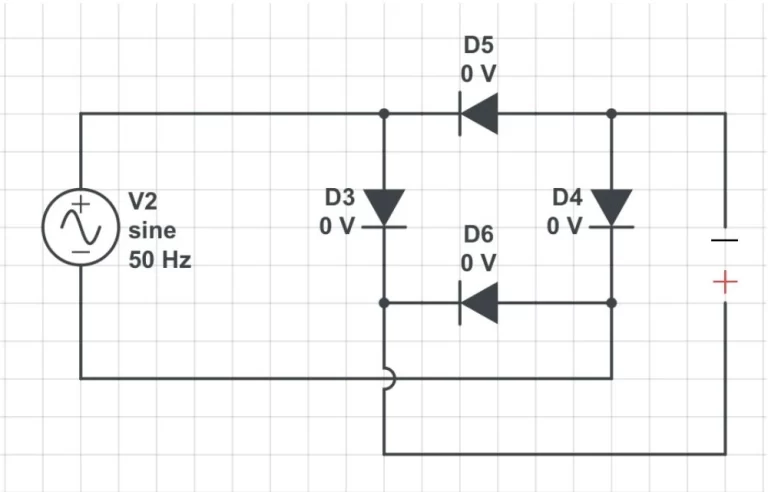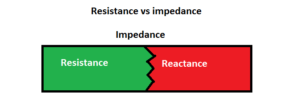
In this article, you will learn details about the topic of Resistance vs impedance. Each term of resistance and impedance will be discussed and differentiated through this article.
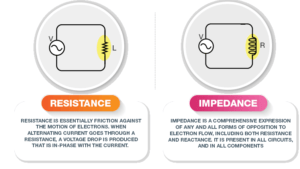
Definition
What is resistance
The resistance is defined as the opposition offered to the flow of current in an electrical or electronic circuit is known as resistance. The resistance will remain constant at any range of frequency.

What is impedance
Impedance is the opposition to the flow of current in an AC circuit, it is happening due to the current passage through an inductor, capacitor, and resistor. The impedance will be changed according to the Frequency of the current.
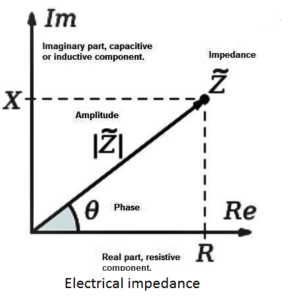
Difference between resistance and impedance
Table of difference between resistance and impedance
| BASIS | RESISTANCE | IMPEDANCE |
| Elements | opposition offered to the flow of current in an electrical or electronic circuit is known as resistance | opposition to the flow of current is in an AC circuit, it is happening due to the current current through an inductor, capacitor, and resistor |
| Is a contribution to the resistive elements. | Resistance does not have a phase angle. | It is the contribution of resistive elements and reactance. |
| Circuit | Most occur in AC | Mostly occurs in Dc circuit |
| Frequency | The resistance will be constant at any at any frequency. | The impedance will be changing according to the frequency. |
| Phase angle | Resistance is a simple value. | impedance having phase angle. |
| Values | Impedance is complex and contains real and imaginary values. | Mostly occurs in DC circuit |
| Equation | R = V/I |
Method of calculation
Resistance calculation
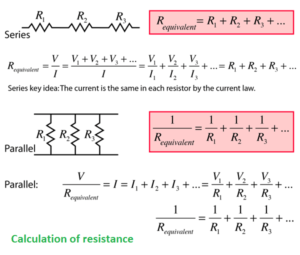
Calculation of impedance


The various differences between impedance and resistance in detailed
- Resistance is the opposition offered to the flow of current in the DC circuit. The impedance is the opposition of the flow of current in an AC circuit.
- The resistance is denoted by the symbol of R. Impedance is denoted by the symbol of Z
- The resistance is only contributing to the resistive elements. However, the impedance contributes to resistive and reactive elements in a circuit.
- The impedance has both phase angle and magnitude, but the resistance only has magnitudes.
Conclusion: resistance and impedance are relative words. that change according to the input voltage (DC or Ac ).
These both are related to the restriction of the flow of current in a circuit.

